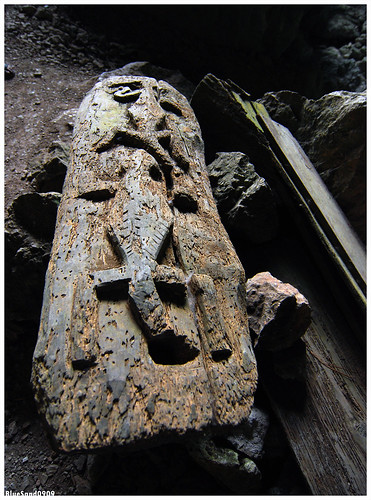
In Discovery Holdings Limited [2011] APO 56 we see a business method held to be unpatentable despite the token mention of hardware in the claims. Another nail in the coffin for pure business methods in Australia.
The Discovery Holdings patent application
Discovery Holdings Limited (“applicant”) filed patent application 2007257547 as a national phase application on 9 December 2008. The title of the patent application is “A method of managing a life insurance plan and a system therefor”.
There appear to have been a few round of examination reports and submissions in response to those examination reports. The case was eventually set down for a hearing on 1 June 2011. The applicant opted not to be heard and instead filed written submissions for the consideration of the Hearing Officer. This is usually a sign the applicant has either lost interest or exceeded its financial budget.
What did it cover?
The invention relates to a method of managing a life insurance plan. In most cases an insured person (“insured life”) pays a premium to a life insurer. The life insurer pays a predetermined sum to the insured life or his/her beneficiary on the occurrence of an insured event. The invention was the proposal to extend the range of insured events to ones resulting in the insured life’s parents.
Was it an invention?
The Hearing Officer didn’t think so. He found that none of the claims defined an invention that is a manner of manufacture. He also found that none of the claims involve an inventive step.
The Hearing Officer referred to Australian court decision Grant v Commissioner of Patents [2006] FCAFC 120 and Patent Office decision Iowa Lottery [2010] APO 25.
In his view an insurance payout is no more a physical effect than paying a lottery prize (as in Iowa Lottery) or taking a charge over an asset (as in Grant). In each case the process has not led to the creation of anything physical, but rather has resulted in a transfer of legal rights of ownership or entitlement. The notion of a “right” is abstract in nature. He observed that it is not the “predetermined amount” that is created as a result of the method, merely the entitlement to it.
The Hearing Officer offered further comments on patentability from a broader perspective. He observed that the invention related to a method of managing a life insurance plan which is inherently unpatentable. The computing technology defined in the claims was both “rudimentary and commonplace”. In applying Grant the Hearing Officer held that the “concrete effect or phenomenon or manifestation or transformation” must be “one that is significant both in that it is concrete but also that it is central to the purpose or operation of the claimed process or otherwise arises from the combination of steps of the method in a substantial way”.
He found that the physical effect identified was “peripheral and subordinate to the substance of the claimed method”.
What’s the implication?
This decision joins the small, but growing, number of Australian Patent Office decisions in which an invention has failed the test for manner of manufacture. This is a situation IP Australia is going out of its way to create. This patent application could have perhaps been refused solely on lack of inventive step.
Australian Hearing Officers are taking an increasingly dim view on patent applicants who attempt to elevate unpatentable business methods to a manner of manufacture through token use of hardware.
Photo courtesy of author BlueSand0909 under Creative Commons licence.
No comments:
Post a Comment